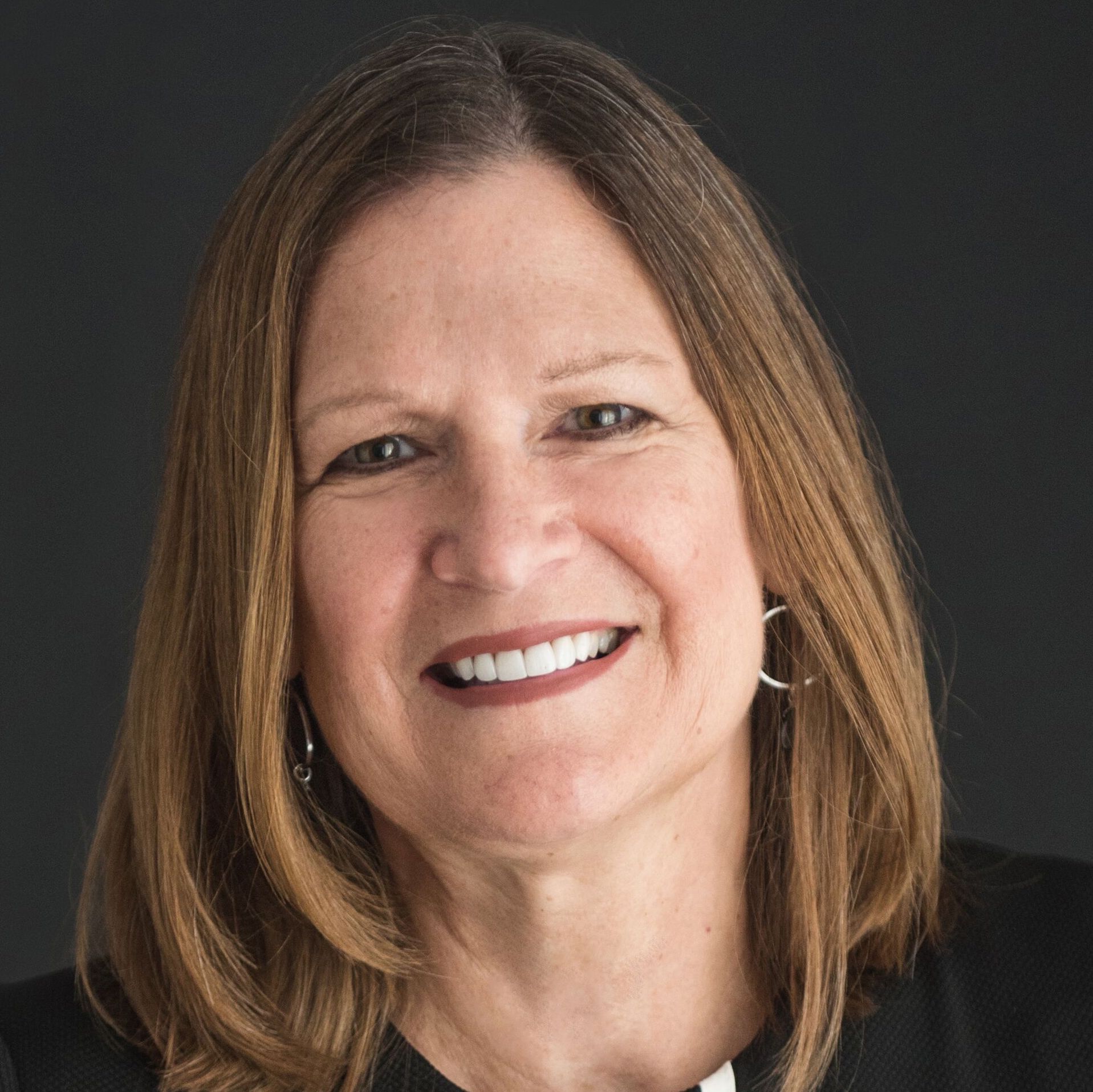5 minutes
Is your credit union ready for the next generation of leadership?
Sponsored by SUCCESSIONapp, LLC
How much do you know about CEO succession planning? Take a quick three-question pop quiz to test your knowledge of CEO succession planning now!
Question 1: Approximately how many people in the United States will be turning 65 every day until around 2030?
A) 500
B) 5,000
C) 10,000
D) 25,000
Question 2: What are the top three things that most CEO succession plans are missing? (Remember to pick three options from the list below)
A) An emergency succession process
B) An anticipated succession process
C) An emergency successor
D) Development plans for potential successors
D) List of critical competencies for the role
F) A CEO Job Description
Question 3: Whose responsibility is it to create a CEO succession plan?
A) The CEO
B) The Board
C) A Consultant
D) Both the CEO and the Board
Have you answered all of the questions? Now let's go over the answers and see how you did!
Question #1
The answer to the first question is actually C. A PEW research study found that 10,000 people per day, starting on January 1, 2010, will be turning 65 every day until around 2030. Since the baby boomer generation is now reaching retirement age, there will be a lot of turnover at organizations throughout the country.
So, I urge you to look at the CEO and the executive team at your organization and see how many of those people will turn 65 within the next 10-15 years. I’m sure that number is at least half of them. And if it is that many, are you aware of that and are you preparing? Do you have the proper bench strength at your organization for this amount of turnover?
Question #2
Now, moving on to the answer for question number two: “What are the top three things missing in most CEO succession plans?” Remember that you had to pick three different options. If you selected B (an anticipated succession process), D (development plans for potential successors) and E (a list of critical competencies for the role) you would be right! All the things listed above are important to have in a CEO succession plan, but those three aspects are left out most often.
Make sure that you have a formal process for anticipated succession. Sometimes people think that having an emergency succession plan is enough, so they don’t create an anticipated succession plan—but it is incredibly important to have both. The anticipated process is understanding what succession will happen when the CEO is expecting to leave the organization. Whereas an emergency succession plan only covers who will be the successor in an emergency situation. It is so important to have both sides of the plan in place.
A development plan is another incredibly important aspect of a succession plan that is often missing. It may be commonly missing because it is challenging to create a development plan. However, it is vital to the success of your organization to develop your potential successors into prepared successors, and you do this by creating a development plan.
And the third aspect of the plan that is commonly missing is a list of critical competencies. It is important to understand exactly which competencies are needed in a CEO role. Without a list of critical competencies, how do you know which skills your potential successors need to develop?
Although those three aspects of the succession plan are commonly missing, they are arguably the most important aspects. Therefore, you need to look at your plans to ensure you have those aspects included.
Question #3
Finally, the answer to question three is actually D. It is both the CEO’s and the board’s responsibility to create the CEO succession plan. Some of the board’s responsibilities include assessing the organization and identifying what critical competencies are needed in a future CEO. Also, they should look at what the succession process will look like as a whole and determine what they are comfortable with.
On the other hand, the CEO oversees every other aspect of the succession plan. The CEO would pick the potential successors, identify any gaps between the potential successors and the competencies, and create development plans for each potential successor. Also, the CEO needs to make sure that they are updating the board on a regular basis, so they know who the potential successors are and how they are doing with the plan.
So, how did you do today on this pop quiz?
Hopefully, you got most of the answers correct, or at least learned something from the quiz!
Also, do you have bench strength at your organization?
If you answered no, then you NEED to download SUCCESSIONapp®’s Bench Strength Builder™. This free download will give you helpful tools and tips to ensure that you are ready for management turnover at your organization!
Yvonne Evers, the founder & CEO of CUES Supplier member SUCCESSIONapp, LLC, is a succession planning expert who has successfully worked with hundreds of credit unions over the past 25 years. SUCCESSIONapp, LLC is the leading provider of online CEO and board succession planning solutions in the credit union industry. The mission of the company is to help executives and board members create succession plans to ensure smooth and successful transitions.






